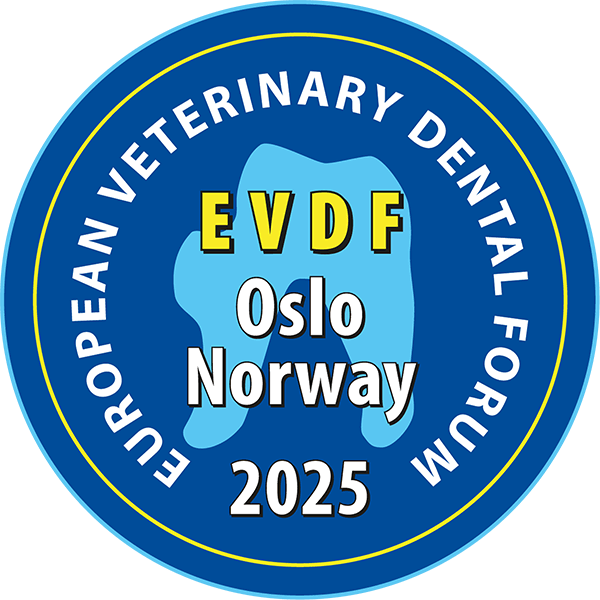

Horses rarely show obvious clinical signs associated with dental disease, thus careful observation and examination is required to identify dental pathology. In addition, early-stage dental disease can be very difficult to identify, but early diagnosis and treatment will prevent progression to severe and painful dental disease.
Diagnosis may start with careful observation of the patient before handling and sedation. Observing eating patterns, masticatory action or any unusual behaviour when in the stable may give clues to possible dental disease before dental examination is even performed. Owners may also be perceptive to any changes in eating or ridden behaviour that may be secondary to painful dental disease. Things as simple as being a ‘messy eater’ or sudden onset ‘hay dunking’ may be indicators of oral discomfort.
Good knowledge of normal oral and dental anatomy is essential to allow identification of dental pathology. Careful assessment of the head, masseter and temporal muscles for asymmetry or any swellings or mandibular bone thickening could indicate underlying dental disease. Performing a full mouth speculum examination, under sedation with a good light source and dental mirror or oroscope is essential to identify dental pathology. Careful assessment of the incisors must not be forgotten as a slightly discoloured tooth, open pulp horn or small gingival draining tracts can easily be missed yet are indicators of potential painful dental disease. A slight malodour from one nostril may also be a clue of likely sinusitis related to hidden dental disease. This is often noted when performing an oral examination due to the close proximity to the horse’s head.
Using a probe and pick to remove any interdental or occlusal food, or probe defects may help to differentiate incidental from clinically significant findings. The use of a high-speed water-cooled dental drill to assess depth of defects or fractured surfaces may often help to differentiate superficial defects that require no further diagnostics or treatments. Assessment of the degree of gingivitis or periodontal disease after removal of impacted food will help to determine if deep seated periodontal disease may be present and further treatment may be necessary. Oroscope assessment at this stage is particularly useful as the degree periodontal disease is often under estimated with dental mirror examination.
